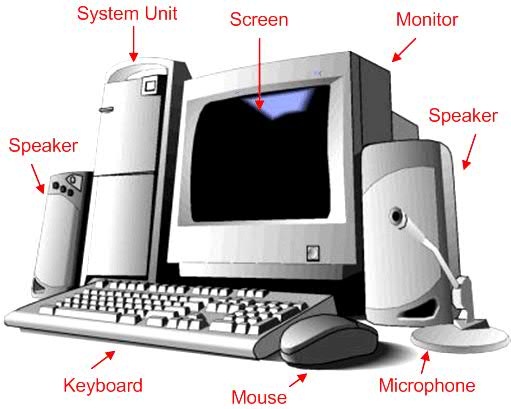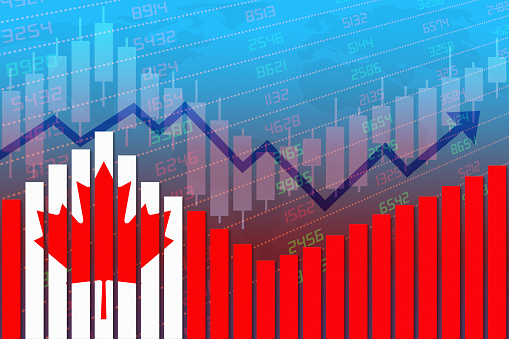How Does the Economy Work?
There are many different factors that determine the way that an economy works. For example, an economy in the USA will not be the same as an economy in India. This is true despite the fact that economies are becoming more globalized. The Government plays an important role in regulating the production and distribution of goods and services.
An endless interconnected loop of transactions
The economy is a complex web of connected transactions, and every dollar spent becomes income for someone else. The more productive and inventive individuals are, the faster the economy can grow. The economy is a dynamic and complex system, and one should never take it for granted. It is a living, breathing system, which is constantly evolving.
Supply and demand regulate prices
The laws of supply and demand are the general principles that govern prices in an economy. These principles take into consideration the availability and pricing of goods and services, as well as other factors. They assume a free and competitive market in which consumers are fully informed and there are no regulatory barriers to entry.
The law of supply states that higher prices encourage suppliers to increase supply, while lower prices curtail it. The equilibrium price, also known as the market-clearing price, is the price at which supply and demand are balanced. It is graphically represented as the intersection of supply and demand curves. The price elasticity of supply is affected by various factors, such as the number of sellers, the cost of production, and the competitive dynamics.
The supply curve reflects the amount of goods available at a given price. The supply curve is also affected by technological developments. For example, a more efficient method for growing wheat would reduce the cost of production and increase the supply of wheat. This new method would shift the supply curve outward and cause the equilibrium price to fall. The demand curve would then decrease in price, and the quantity supplied would increase.
This law of supply and demand helps explain why prices change. The law of supply and demand helps economists, entrepreneurs, and investors understand the conditions of the market. By studying this law, you can make better decisions about the price of goods and services in the economy. In the end, it will benefit you in a myriad of ways.
In a market, prices tend to settle in an equilibrium price when the desires of buyers and sellers match. However, they may budge during the process. For example, if a luxury car company set its price at $200,000, initial demand would be high, but most consumers wouldn’t be willing to spend that much money on a car. The company would then lower the price to $150,000, balancing the forces of supply and demand.
As previously mentioned, these two economic principles determine market equilibrium, which in turn determines the prices of goods and services that you buy. However, in reality, a market is not perfectly competitive, and the effects of government policies can affect the outcome of the market.
Government intervenes in the economy to correct situations where the price system does not work
Governments have a variety of tools at their disposal to correct situations where the price system does not function. They may intervene in the market by setting a price limit or by limiting the amount of rent a landlord can charge tenants. These tools are designed to encourage competition, prevent monopolies and keep prices reasonable. Governments also have the power to intervene in the market if a monopoly is preventing prices from being affordable to the public.
Government intervention can also involve taxes and subsidies. Some economic schools argue that government intervention is necessary to keep the economy balanced, while others argue that it should be limited. The Austrian school and Keynesianism advocate limiting government intervention, since government intervention can negatively impact the economy. Regardless of what school of thought you choose to follow, the purpose of government intervention is to correct situations where the price system does not function properly.
Government controls production and distribution of goods and services
In a planned economy, the government controls the production, allocation, and distribution of goods and services. In communism, for example, the government owns most enterprises and sets prices for goods and services. This approach results in a totalitarian system in which the government sets how much is produced, how much it will cost, and who will receive it. While pure communism is not common today, countries such as North Korea and Cuba operate on a rigidly planned economy.
In the Canadian case, the government has a heavy hand in the food and pharmaceutical industries. The Canadian Food and Drug Act protects consumers from harmful and unnecessary products and services. It also enforces regulations to ensure the safety of consumers and prevent unsafe products from reaching the market. In addition to these measures, the government owns a large percentage of certain industries. This makes it difficult to find goods and services that are completely free of government regulation.



